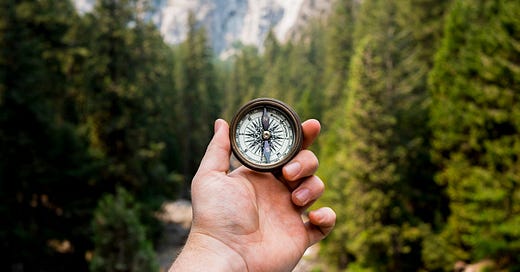When we are bereaved, we feel isolated.
If we are privileged to live long enough, we accumulate life losses. Loss can be the death of someone we care about or the end of something meaningful. When we experience loss, grief follows — our natural, universal and involuntary response to loss.
We grieve because we care.
There’s often a sense of “no one understands what I’m going through” or “people keep saying the wrong things” or “I feel so scared.”
While the path of bereavement is a lonely one, it need not be so isolating.
Being able to review our life losses offers a way for us to be with our grief constructively. While the map is not the territory, pausing to reflect on the losses we’ve accumulated in our griefcase can help us better understand what has happened to us and why we are in pain.
Giving ourselves permission to be in the wilderness of our grief shines a light on prior unreconciled losses. While no one else can fully understand the depth of your despair, you can learn to express, instead of suppress, your needs.
What follows is a Loss Map Practice that I’ve curated for paid subscribers. I hope you’ll consider joining this growing community of grief informed folks who want to expand their grief intelligence. It’s going to take a village of like-hearted people to reclaim our humanity and it begins with acknowledging that grief is a natural part of being human. Please let me know how it went. We all learn when you do.





